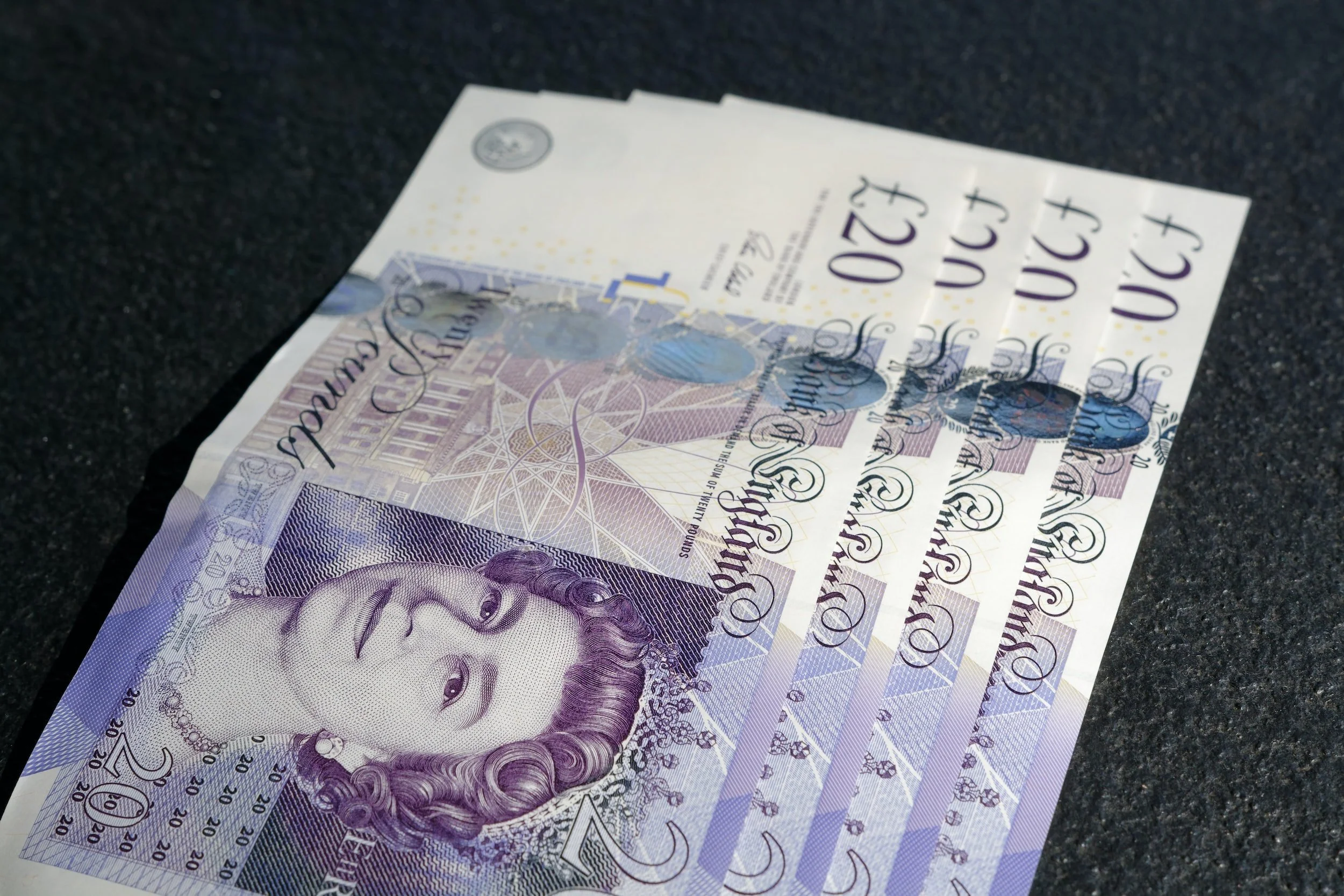Send Payments Currency Update
The AUD had a good week against most currencies, with the exception of the USD. The GBP and NZD were both under pressure, while the AUD was helped by positive PMI data.
AUD - USD
The AUD-USD pairing fell by almost 2.75% last week. The AUD started the week on a good note, gaining around 1.25% during the first two working days of the week. This gain can be attributed to the ease in lockdowns in China, which in isolation would have given a lot of momentum to the AUD, but currencies don't work in isolation.
This is why the AUD took a dive on Wednesday as FOMC announced another 75 bps rate hike. This was expected after the data came out over the last couple of weeks. The FED had to reaffirm its commitment to bring down inflation by any means. The investors, for now, are going to stake their money on the greenback, with little appetite for risk.
The Aussie recovered a little later in the week with positive PMI data. The manufacturing gauge rose from 53.8 to 53.9, and the services index rose from 50.2 to 50.4.
With the next RBA meeting lined up for October 4th, the market is already betting on a 50 bps hike. This is going to be one of the two hikes that RBA has on its cards before the year-end.
Should the RBA be as hawkish as the FED? The answer is quite simple. There is a major difference between the state of the American and Australian economies. While both countries, like many other countries, are experiencing multi-decade high inflation rates, they are fundamentally very different. The US economy is showing signs of a recession, whereas the Australian economy is showing no such signs. In such a situation, it is very important for RBA to make data-driven, forward-looking decisions.
At the moment, the markets are strongly influenced by risk aversion. Technical indicators are showing a strong selling trend for the AUD against the USD. Unless things change, AUD is likely to remain under pressure, which is going to work in favour of the Australian export sector.
AUD - GBP
The AUD gained almost 3% against the GBP last week. This is in line with the long-term outlook for the GBP, which is looking grimmer with each passing day.
Last week the GBP showed some signs of the fight, but this was only because of market expectations around the mini budget and BoE rate hike. The mini-budget received a lukewarm response, with most banks and research institutions forecasting that the British assets are going to see a sharp decline in confidence over the next quarter.
As we discussed in our previous report, BoE went for the 50bps rate hike, which indicates that BoE may not have much confidence in the mini-budget.
In any case, the British economy is locked in a recession. GBP is under immense pressure not just from the economy but also from the whole regional situation.
GBP touched 37-year lows against the USD, meanwhile hitting 2017 levels against the Aussie. While the positive PMI data couldn't help the Aussie much against the USD, it gave a powerful boost to the Aussie against the GBP.
The AUD went up by almost 2.7% around Friday. If you read our last report, you`ll know that this was on the cards. Hopefully, short-term traders were able to time their trades for this one.
Technical indicators suggest a strong buying trend for the AUD against the GBP for this week. Things are not likely to change much for the AUD unless risk sentiment significantly changes. We don`t predict but all things considered, if anything can significantly alter the risk sentiment, then it is likely going to be the conflict going out of control in Europe.
AUD - NZD
The AUD had a good week against the NZD, gaining almost 1.4%. The AUD had a good start to the week, which was helped by China easing down on the lockdowns. Going into the week, both AUD and NZD suffered due to the bullish USD. Both currencies touched their 2-year lows.
AUD emerged on top with positive PMI data late in the week. Trend analysis and technical indicators have put the NZD in a bearish run for now because of strong risk aversion by investors.
The economy at home in New Zealand is soaring, and this is going to push the RBNZ for more rate hikes. According to analysts at ANZ Bank, RBNZ is going to target the 4% mark. With current interest rates being at 3%, there is the likelihood of 25 bps to 100 bps rate hikes over the next three months. This is likely to give some momentum to the NZD against the AUD, given the fact that the RBA is most likely to slow down the rate hikes.
For now, technical indicators are suggesting buying preference for the AUD against the NZD for the next week. If you’d like to get in touch with our International Currency Specialist, reach out to Ian Cragg from Send Payments.
The Expatriate always tries to make sure all information is accurate. However, when reading our website, please always consider our Disclaimer policy.



